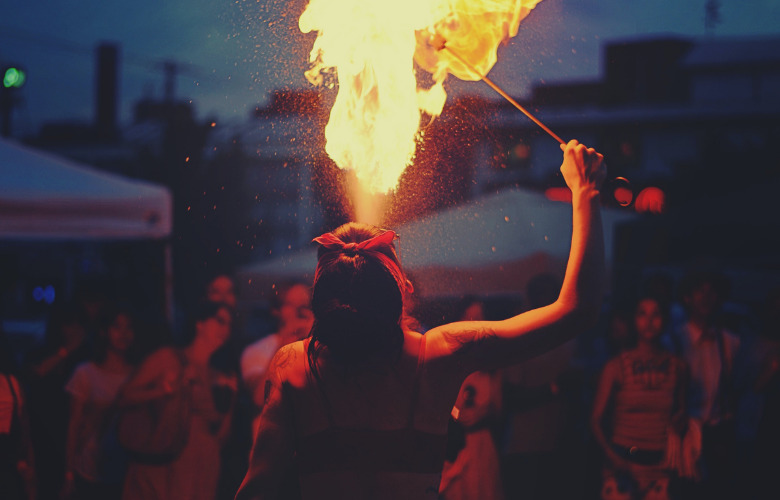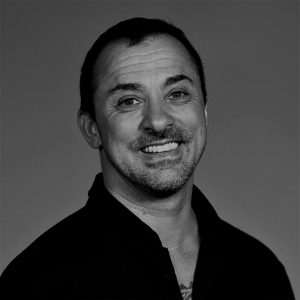
Social Circus refers to the growing movement toward the use of circus art as a medium for social justice and social good. It uses alternative pedagogical tools to work with youth who are marginalized or at social or personal risk. The transformative power of circus connects education, physical art and social development. It is more than teaching circus skills. It is a tool for transformation, discipline, creativity, and artistic expression.
Through the dynamic approach of art-based education, Social Circus seeks to expand the opportunities of its participants and teach valuable skills to marginalized youth.
With rigorous training, interpersonal dialogue and expression, and the acquisition of goals through dedication, this form of circus can alter the lives of those participating in it.
Autonomy, solidarity, self-esteem, physical-fitness, communication, and adaptability are some of the skills learned and practiced.
While a career in circus is one possible future for the participants of Social Circus, it is not the primary purpose. Rather, the objective is to increase self-awareness, individuality and collective unity, self-discipline, and many other values through a pedagogical alternative.
A Roda, or the Circle, is an integral part of Social Circus. It refers to the scheduled hour in which students and leaders gather for a discussion on the status, successes, and problems of their circus.
The Circle’s ritual and physical shape embody a moment of complicity in which everyone is in harmony, subjectively thinking together, although differently, about solutions, paths, and options for the daily questions and challenges.
The Roda or Circle represents the right for everyone to speak, disagree, express opinions, and make contributions.
The Circle’s dialog is essential to Social Circus’ pedagogical method, as it contributes to the composition of a liberal, critical, and democratic education.
By participating in the Circle, everyone develops a conscientiousness born through hearing other opinions and thoughts and through the articulation of his or her own.
This form of interaction allows them to consider their place in the world, their decisions, errors, and questions.
The participants learn to better coexist in a peaceful, constructive, and respectful manner. And, in doing so, they begin to implement the newly learned behaviour into their daily lives as well.
Sometimes, the Circle even gives youth the opportunity to see their opinions incorporated into their specific circus.
Through Social Circus, the physical practices as well as the social ones inside and outside of the Circle, the individuals who take part gain confidence, increased self-esteem, and self-awareness.
It shows the power of the arts as a tool for human development and social change.
It nurtures a creative environment where young people can access quality arts training, learn how to share these skills in their own community, benefit from social support, and develop their creativity as well as life-skills.
Furthermore, Social Circus is accessible to all – participants don’t need to have literacy skills to take part and fully engage.
It is free at the point of access. It works effectively with the poorest people but empowers them to engage, learn, play, laugh, join a group, share their skills, and do things as a team across social boundaries. It feeds back positive energy into their community.
Further reading and references:
American Circus Educators ACE – an overview over Social Circus
Social Circus Map, Cirque du Soleil
Caravan – International Youth and Social Circus Network
Asian Social Circus Association – Connecting Circus from Canberra to Kabul
Wikipedia on Social Circus
Social Circus and Health Equity – the University of British Columbia\
Opera Village Africa – a Vision by Director Christoph Schlingensief
Wunika Mukan, Nigeria-Based Curator, on Giving African Artists a Voice


Liam Klenk was born in Central Europe and has since lived on four continents. Liam has always been engaged in creative pursuits, ranging from photography and graphic design, to writing short stories and poetry, to working in theatre and shows. In 2016, Liam published his first book and memoir, 'Paralian'.
Read Full Profile© 2021 TheatreArtLife. All rights reserved.

Thank you so much for reading, but you have now reached your free article limit for this month.
Our contributors are currently writing more articles for you to enjoy.
To keep reading, all you have to do is become a subscriber and then you can read unlimited articles anytime.
Your investment will help us continue to ignite connections across the globe in live entertainment and build this community for industry professionals.